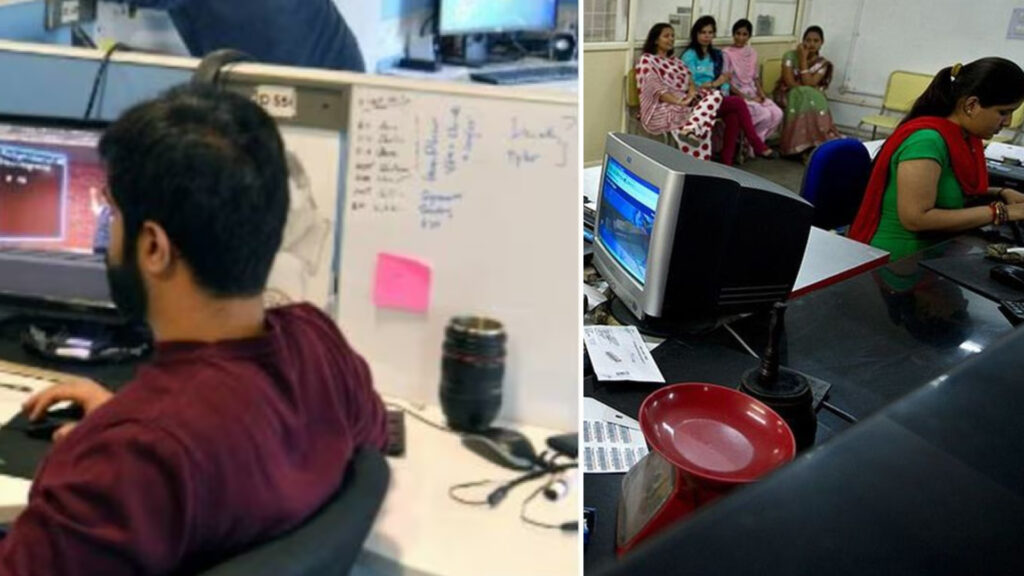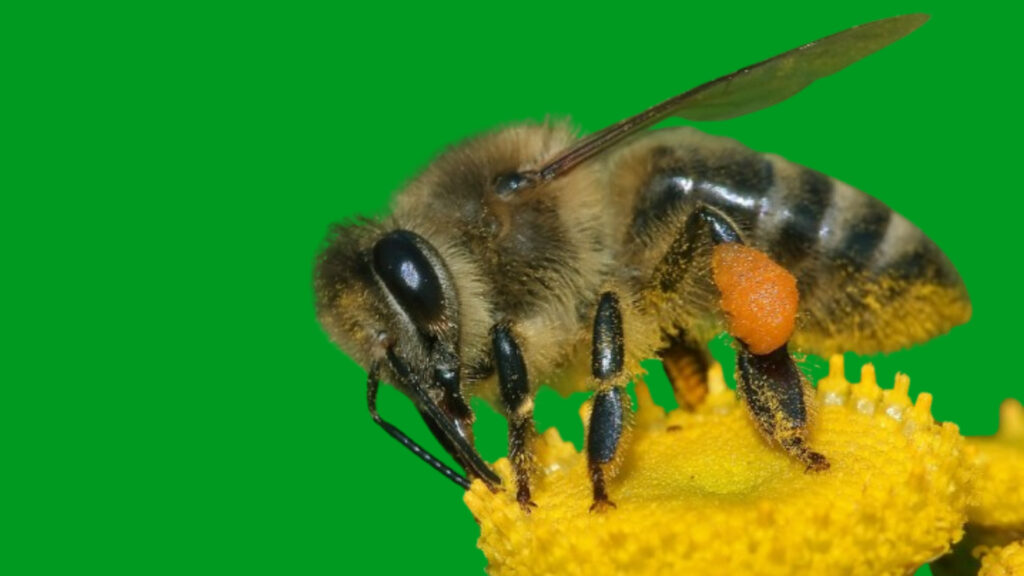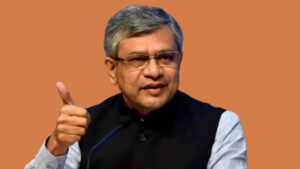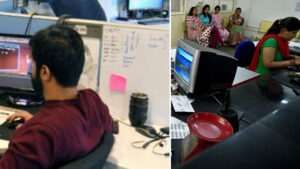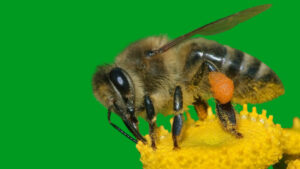Asteroid Vesta: New 2025 Study Suggests It’s a Shattered Planet, Not a Protoplanet
Asteroid Vesta has long been considered a planetary embryo—a celestial body that nearly became a planet but never fully matured. However, a groundbreaking study published in Nature Astronomy in April 2025 challenges this long-standing belief.
According to this new research, asteroid Vesta might actually be the remnant of a once fully-formed planet, shattered during the chaotic infancy of our solar system. This revelation shakes up planetary science and opens new doors to understanding how planets evolve—and sometimes, how they perish.
What We Thought We Knew About Asteroid Vesta
Until now, asteroid Vesta was hailed as one of the most complex bodies in the asteroid belt. Thanks to NASA’s Dawn mission (2011–2012), scientists believed that Vesta had a layered internal structure—a metallic core, a rocky mantle, and a volcanic crust. These layers signaled planetary differentiation, a sign of a body well on its way to becoming a planet.
But new observations have shattered that idea—literally and figuratively.

New Techniques, New Insights
The 2025 study led by Dr. Seth Jacobson at Michigan State University used refined radio Doppler techniques and high-resolution gravity field mapping. The results were astonishing: asteroid Vesta lacks the dense, iron-rich core that scientists previously assumed existed.
“Instead of being a planet that never quite finished forming, Vesta appears to be what’s left of one that was destroyed,” says Dr. Jacobson.
This key discovery reframes asteroid Vesta not as an incomplete world—but as a cosmic survivor, born out of destruction.
you might like this : SpaceX Launches 28 More Starlink Satellites
Clues from Space Rocks: The Meteorite Evidence
Further evidence comes from HED meteorites—igneous rocks believed to have originated from Vesta. These meteorites are relatively homogeneous in composition and don’t reflect the complexity you’d expect from a partially differentiated body.
If asteroid Vesta were a protoplanet, these rocks would show varying metal and silicate content, indicating different internal layers. But their uniformity suggests they were once part of a planetary crust, ejected by a massive collision billions of years ago.
Was Asteroid Vesta Once Part of a Full-Fledged Planet?
Researchers now theorize that asteroid Vesta was born from a cataclysmic collision roughly 4.5 billion years ago. This event likely shattered a mature, differentiated planet, sending its remains into the asteroid belt.
Vesta, with its size, shape, and unique surface, may be one of the largest surviving fragments from that primordial disaster.
This theory aligns with both the Dawn mission’s surface data and the HED meteorite composition, building a strong case for Vesta’s violent origins.
Why This Changes Everything
If asteroid Vesta is not a protoplanet but a relic of a destroyed world, what does that say about the rest of the asteroid belt?
Future missions like NASA’s Psyche and ESA’s Hera will examine other large asteroids for similar structural evidence. These missions aim to reveal whether other celestial bodies, too, are fragments of ancient planets, not mere leftovers of planetary formation.
This new perspective could transform our understanding of how common planetary destruction was during the early years of the solar system.
Could Earth and Asteroid Vesta Be Distant Cousins?
One of the most fascinating implications of this study is the idea that asteroid Vesta and Earth may share a common origin. If both formed from similar planetary building blocks or emerged from the same cosmic event, Vesta could hold clues about our planet’s own early development.
This positions asteroid Vesta as not just a rock in space, but a key witness to Earth’s ancestry.
Read this : Vesta’s missing core shatters long-held beliefs about the asteroid
What Comes Next?
The new theory about asteroid Vesta will likely guide future planetary science for decades. Scientists are now asking:
- How many other asteroids are actually shattered planetary fragments?
- What can these relics tell us about the solar system’s lost worlds?
- Could debris from other exoplanetary systems be floating in our own?
Answering these questions will require more than just telescopes—it will demand bold missions, better data, and fresh eyes.
The story of asteroid Vesta reminds us that even in space, first impressions can be wrong. What was once seen as a cosmic failure may, in fact, be a resilient survivor—a fragment of something far greater.
In the stillness of its orbit, asteroid Vesta carries whispers from a broken world. And thanks to science’s unrelenting curiosity, we are finally beginning to hear them.





